New material combination could lead to a more efficient approach to computer memory and logic.
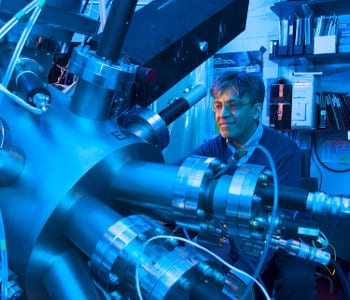

New material combination could lead to a more efficient approach to computer memory and logic.
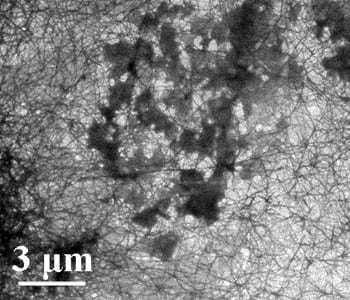
Researchers show that ionic and electronic conduction occur simultaneously in self-assembled peptide nanostructures.
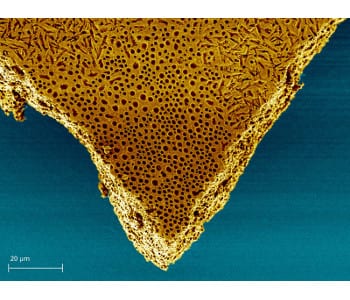
A membrane that can lift 20 times its own weight when it comes into contact with a solvent vapour has been developed by a German/Chinese team.
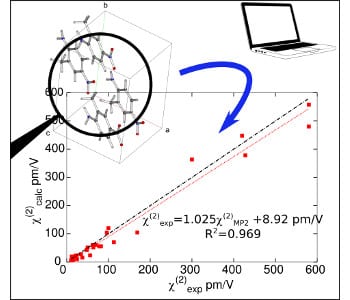
European researchers have developed a multi-displinary approach to designing organic crystals with targeted linear and nonlinear optical properties.
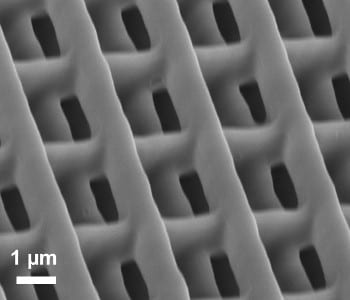
A team at the University of Central Florida has developed an alternative route for functionalizing polymers using water-based chemistry.
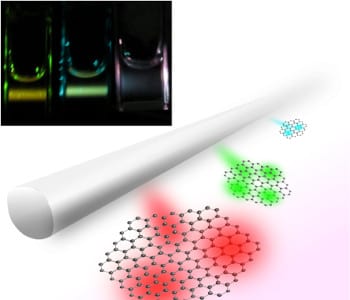
Researchers have observed drastic shifts in the photoluminescence emission spectra of quantum dots.

Researchers at Texas A&M have observed dynamics that could otherwise be discounted as noise in DNA/small molecule interactions.
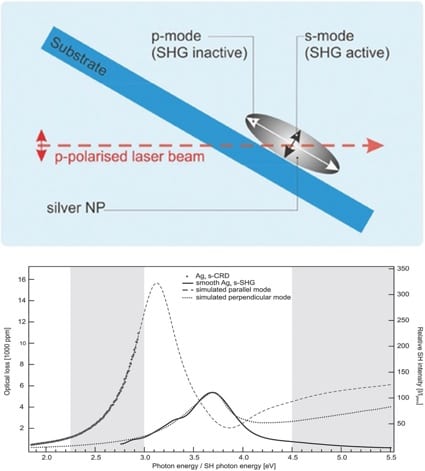
Employing s-SHG and s-CRD spectroscopy, German scientists shed light on silver cluster as small as tens of atoms.
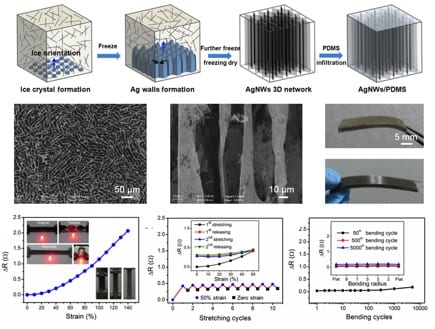
Shu-Hong Yu and his team from USTC have proposed a general and efficient assembly strategy to assemble versatile 1D nanomaterials.
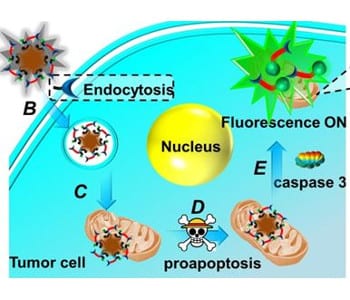
Dr. Xian-Zheng Zhang and co-workers have fabricated a biodegradable chimeric peptide for cancer therapy and real-time apoptosis imaging.